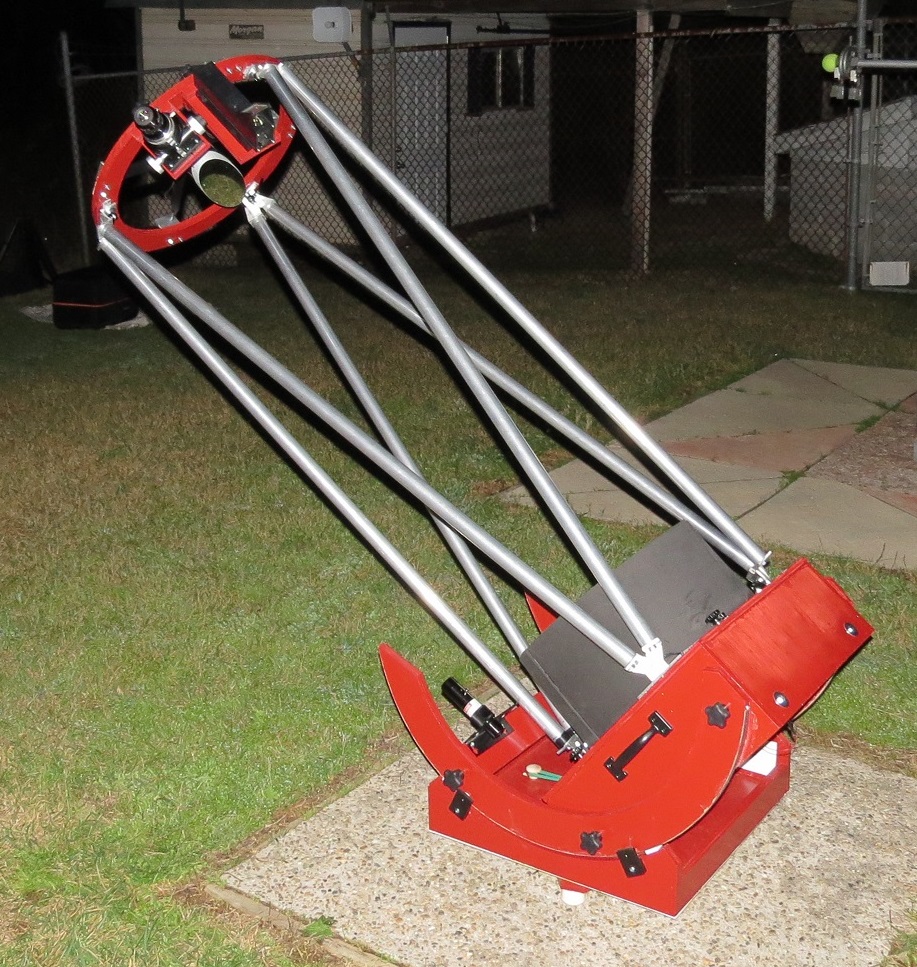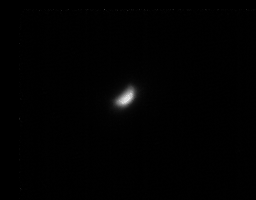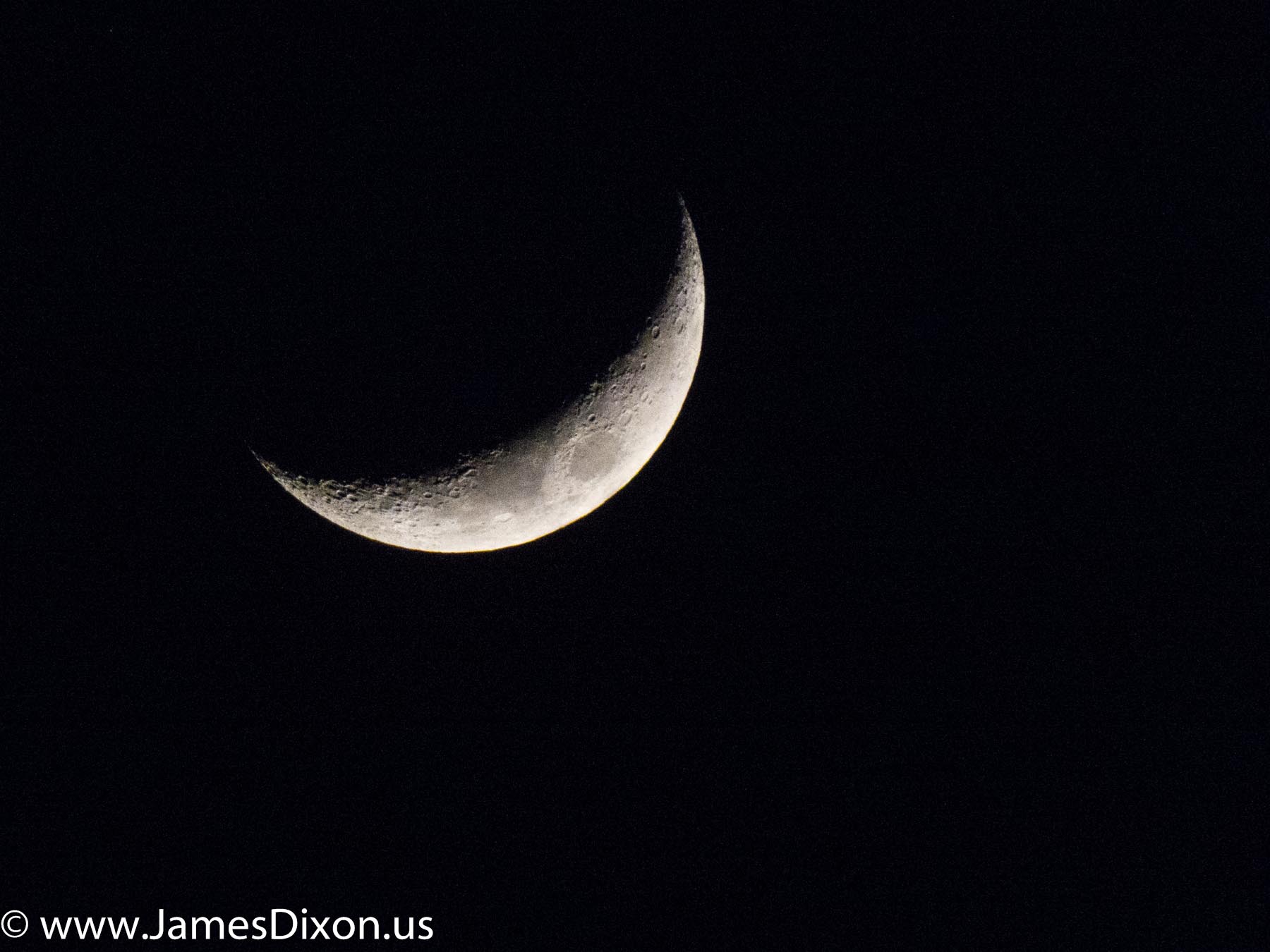Click image below for PDF presentation.
I wanted to shoot the planet Mercury so I went to the RRO before sunset to set up. Mercury, the closest planet to the Sun, is having its best apparition of the year right now. Saturday is technically the peak but tonight is just shy of that. What this all means is the Sun sets at 7:30, I was able to find Mercury by 7:50, and the little guy was in the trees by 8:05. I had to scramble to take several short videos at different exposures and focus points and the last was the best. Here we have the best 20% of 1000 one millisecond exposures through a 9.25″ SCT (focal length 2340mm) at Optimus Prime focus. Not going to win any awards with this but its off this year’s bucket list.
Here’s an image taken of the planet Jupiter later that evening. I didn’t wait until it was high in the sky but it turned out okay. If I had waited the Great Red Spot might have rotated away. On the left and right are the moons Io and Ganymede respectively. Best 25% of 5000 10 ms images through a 9.25″ SCT at prime focus.
Last but not least from last night, the Moon. This was taken with my simple Canon SX50 HS maximum zoom, slightly cropped, at I think 1/400 second ISO automatic. I’m starting to re-appreciate that camera. It has a smaller chip than my Canon Rebel but that means a larger effective zoom (50x ~ 1200mm lens). Not as good in low light and can only take a maximum of 15 second exposure but it shoots in raw format and excels at this kind of stuff (and birds).
One more thing about last night, Chris Lasley and I looked for the new Comet 41P/Tuttle-Giacobini-Kresak (aka T-G-K). He gets the credit for actually tracking down this comet now between the Big and Little Dippers. This is and will be in our evening skies for a few weeks. I tried my hand at finding it but walked away to shoot Jupiter. Chris persisted and found it and then later confirmed that this was it. We couldn’t see much other that a fuzzy patch that didn’t appear to correspond to something else.
Last night, Molly the 16-inch f/4.5 Dobsonian telescope had her public debut at the River Ridge Observatory. It was mostly a successful debut. The images were bright and clear. We looked at the Orion Nebula (M42), Bode’s Nebula (M81), the Cigar Galaxy (M82), M79 in Lepus (one of the few globular clusters in the winter sky). I even chased the International Space Station for a bit until I lost it. I could see that it was oblong instead of a point or circle but I was so busy trying to keep it in view I couldn’t really observe it.
The elastic variable counterweight system worked at first at all angles but later had trouble. I’m not sure what to make of that, maybe temperature. I need to see what weight I can reduce from the top or transfer to the bottom. Also, I brought a light shield for the upper assembly but forgot a way to attach it. That said, I think we just need tweaks now.